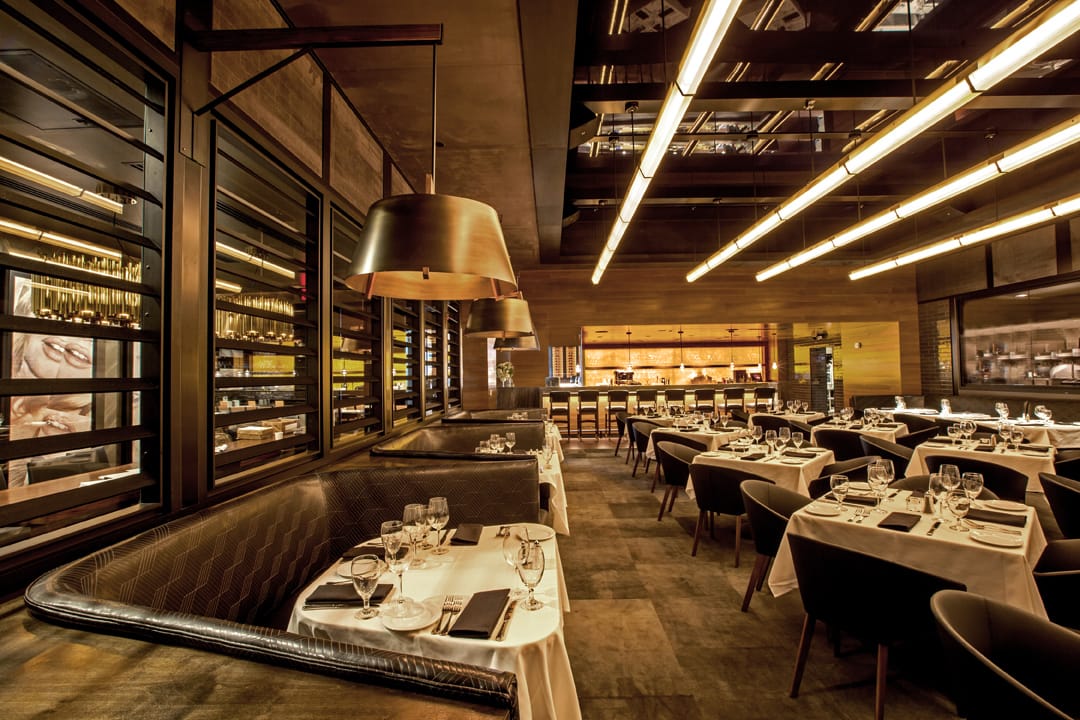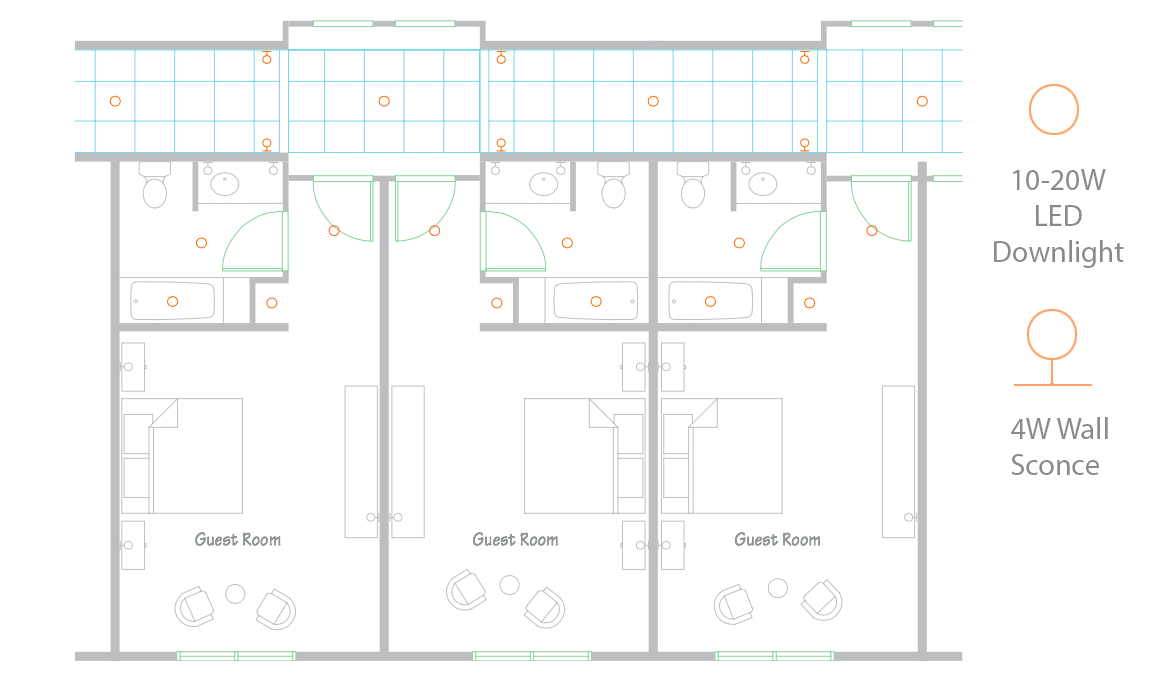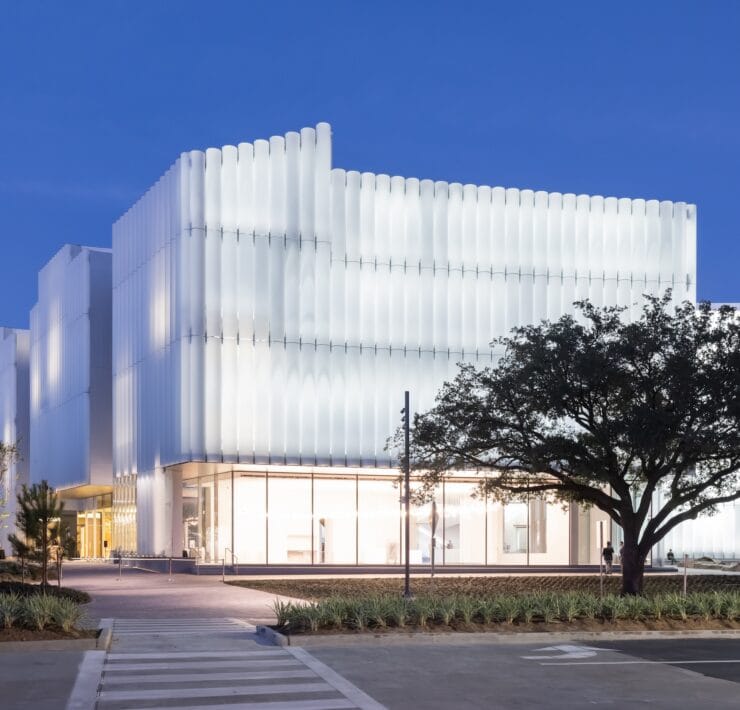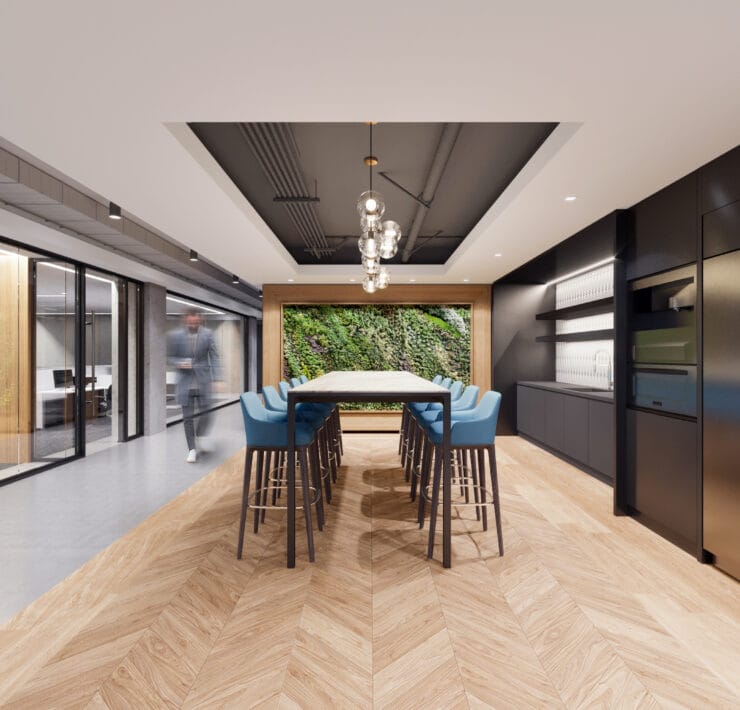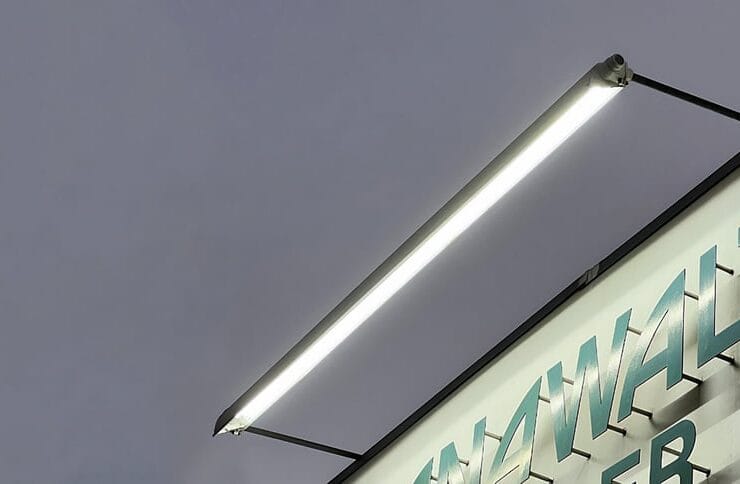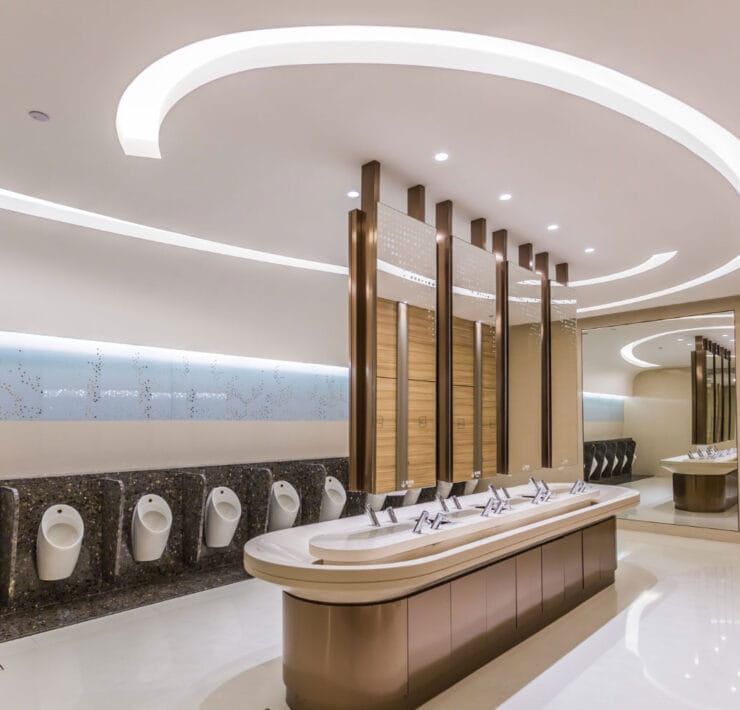The best hospitality and dining lighting creates a home away from home—making a guest feel warmth and comfort by creating an environment that either promotes feelings of relaxation or sets the mood for romance. Ideally, the guest glides effortlessly through the space, unaware of the thought and planning that went into the lighting design and layout.
Besides setting the mood with lighting, hotel and restaurant designers, developers and managers are also concerned with costs and energy consumption. The goal is to reduce energy consumption, reduce heat, and eliminate bulb replacement costs.
Averaging a 15 year life-span, our LED light fixtures also reduce heat and energy consumption by 80-90%. With warm tones ranging from 2700K-3000K and a high color-rendering index, the are the ideal solution for hospitality and dining applications.
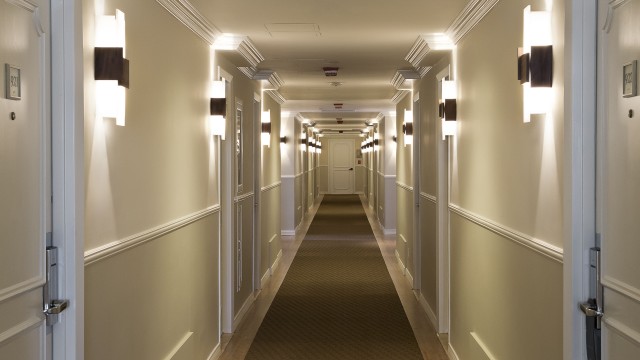
Let’s consider one particular lighting success story. The hotel in question (Let’s call it Hotel L) was upgrading their lighting and needed to provide a better experience for guests. They understood the need to balance lighting for comfort with lighting for design.
In the main spaces, such as the lobby and the bar, Hotel L needed to ensure a sense of comfort and safety. They did this through the versatility of LED, using layered lighting to create visual interest across well lit spaces. In the individual rooms, they chose designer fixtures to add an artistic edge.
Hotel L also upgraded the fixtures in its circulation spaces (a fancy term for spaces that people move through). Everyone spends plenty of time walking up and down hallways and unless you want guests struggling to find their room or way out, lighting is a major issue. Installing energy-efficient fixtures is important because a hallway needs to be lit 24/7. Also, there needs to be signage on emergency exits. Hotel L used sconces around doors and signs to make sure everyone could move safely and easily around the building.
Finally, special attention was taken with the guest rooms. A high CRI LED was used to ensure that anyone working in the room sees a full range of colors in a clear and crisp environment. Supplemental warm lighting was also used for layering and filling out spaces, controlling the ambience of the room.
The result of Hotel L’s success story is two-fold: The hotel kept guests comfortable and saved money in the process with proper LED implementation. These best practices create a hospitable environment that make sure guests are happy to stay and happy to come back.

